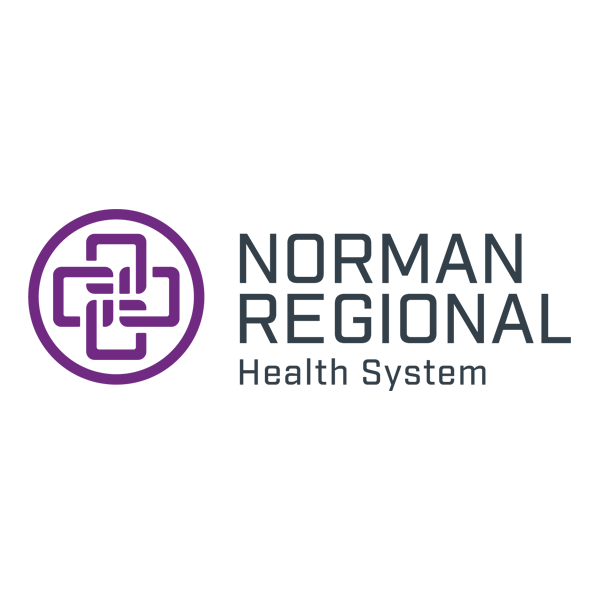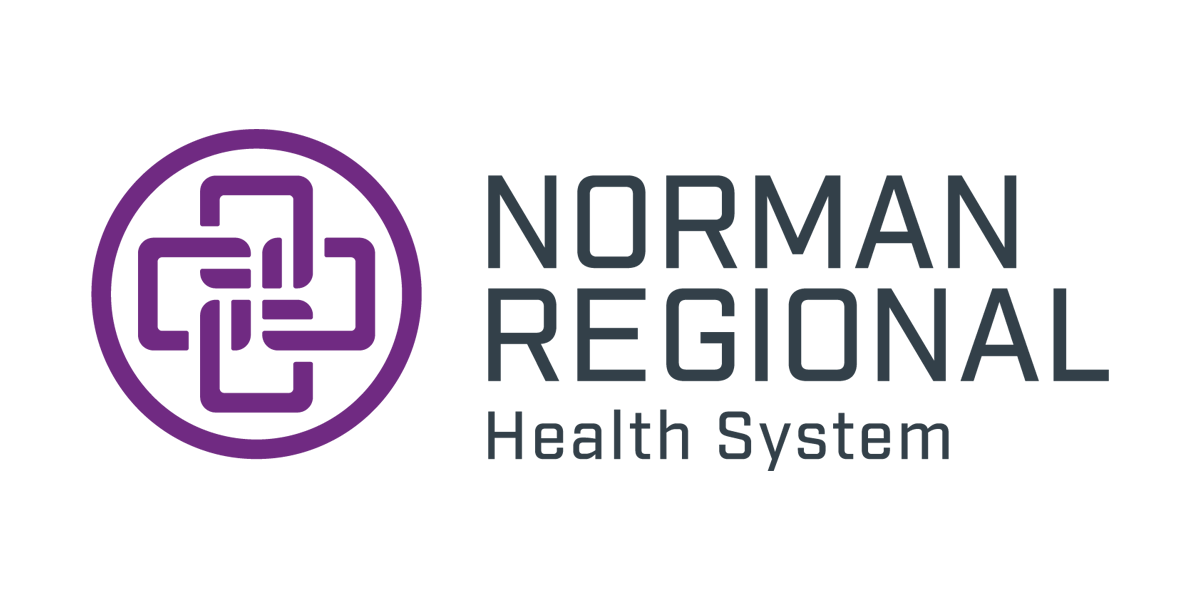
Friday, April 30, 2021
What is Dry Needling?
Dry needling is a painless, relatively new tool used to help patients manage pain and increase mobility in targeted areas of the body. It is very similar to acupuncture and to the average person, would probably look identical. However, dry needling is a different process. Dry needling is specifically used to target trigger points, which are taut bands in muscles, or stiff joints that are causing pain, tension or limited mobility. Dry needling has the potential to loosen up the muscle or joint and allow for better range of motion and less pain in that area.
How Does Dry Needling Work?
The process of dry needling involves inserting very fine needles into muscle tissue or joints. The needling creates microtrauma in the muscle which triggers the body to send cells to the tissue that help repair damage, said Katie Ngo, PT, DPT, a physical therapist with Norman Regional Health System who performs dry needling on patients. A video demonstration can be found here.
“When I put the needle into the muscle or the joint, your body sends a lot of blood flow to the area,” Ngo said. “This extra blood flow decreases inflammation and brings oxygen and nutrients to the area. If you are working out with heavy weights, you are causing microtears and your body will repair those tears by sending blood to the muscle, rebuilding to be stronger and reorganizing the muscle fibers more efficiently. Dry needling is similar to this, on a smaller scale.”
Another important aspect of dry needling is that it should be used in conjunction with other forms of recovery. Ideally, patients who are utilizing dry needling will also be exercising, stretching, utilizing mobility routines, or doing other forms of prehab and rehab.
Who Can Benefit from Dry Needling?
Dry needling can also help people by reducing pain and improving athletic performance.
“We get a lot of referrals for dry needling from the neurologists to help with chronic neck pain and headaches,” Ngo said. “Athletes can also benefit from dry needling to help them with flexibility, muscle tension, and range of motion. There is evidence to show that dry needling can also help with osteoarthritis and joint pain.”
While dry needling can be very beneficial for people who are going through rehab or are simply trying to manage chronic pain or tight muscles and joints, it certainly is not for everyone. There are individuals who should avoid dry needling.
“I stay away from doing dry needling on people with bleeding disorders, pregnant women around trimesters just to be cautious, people who have impaired healing such as severe diabetes and of course people who are afraid of needles,” Ngo said.
While dry needling is a relatively new practice, it is safe and has minimal risk of side effects. At Norman Regional, with MDsave, anybody can be eligible for dry needling without a referral, regardless of if they are receiving other therapy services. MDsave offers patients an option to pay a cash price up front and save money in the process.
Norman Regional Health System offers outpatient physical therapy, occupational therapy and speech and language pathology services through a highly skilled team dedicated to helping our patients improve movement, reduce pain, restore function and prevent disability.
To learn more about Norman Regional rehab services, visit https://www.normanregional.com/services/outpatient-rehabilitation.


